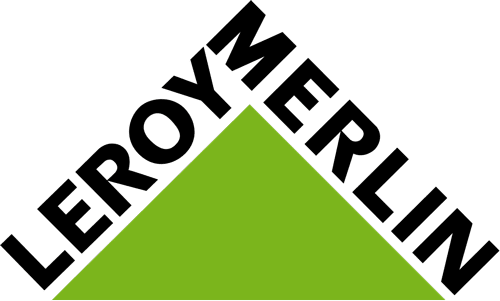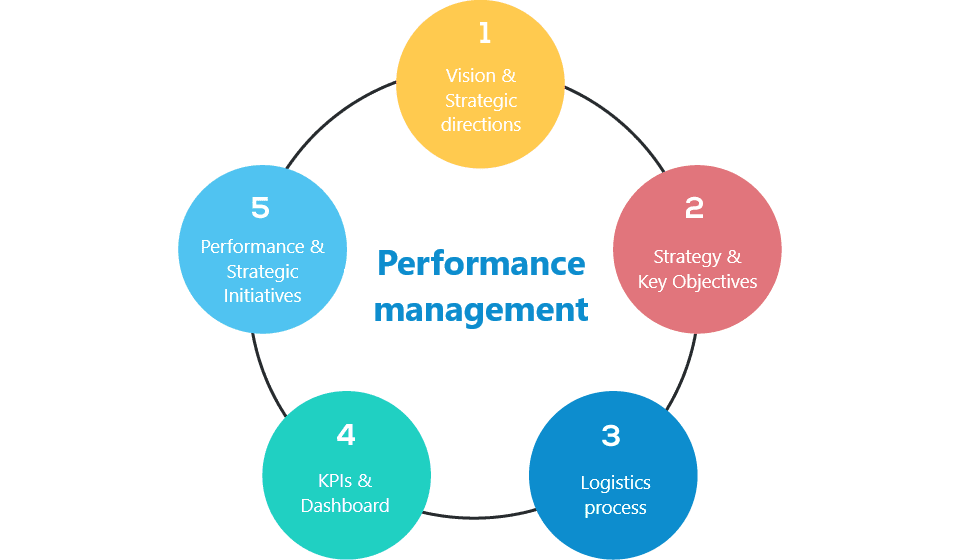This is not a surprise for any company: there are silos between the different trades. The causes are multiple: the specialization of each, the architecture of the IS which does not always allow access and use of data, the culture and organization of the company… However, reducing or even breaking these silos can be beneficial for certain activities, and more than you might think! This is the case between the supply chain and IT, which we discuss in this new article.
Break down silos between IT and supply chain: for real-time information

For this to be possible, it is necessary to work closely with IT. Indeed, this organization will set up data flows between the different logistics tools, but also the company, so that information circulates and everyone can have up-to-date data. In addition, the supply chain needs IT to be a real support for its teams: in the event of a computer “bug” on the flows, the supply chain employees must be able to be informed as quickly as possible and the IT must be able to resolve them quickly.
The implementation of visual management can be a solution. Our client Leroy Merlin has set up a visual management system for monitoring alerts and indicators using wallboards in the IT and Supply chain department. The goal ? Have alerts and be able to react quickly in the event of an incident. In concrete terms, indicators to be monitored are defined (number of orders placed, number of orders processed, number of orders delivered, etc.). A threshold has been set. When it is exceeded, an alert is triggered, allowing IT and supply chain teams to find the source of the problem and intervene quickly. And IT also receives the alert and is thus able to know very quickly what the problem is.
Breaking the silos between IT and supply chain: for better working comfort

For our client Leroy Merlin, the implementation of visual management and alerts has reduced the time taken to identify problems, which could sometimes take several days. Thanks to alerts, warehouses and IT teams are notified quickly, also facilitating communication and dispute management between the two departments.
Breaking the silos between IT and supply chain: for improved customer satisfaction

In any case, this is what Leroy Merlin observed. Before the implementation of digital visual control, an incident could go unnoticed for two or three days, thus causing delays in delivery. Today, alerts go up immediately and in two hours, the problem can be resolved (depending on the complexity, of course). Thus, with timely deliveries, customer satisfaction is increased.
Even if silos are inevitable in business, collaboration can be considerably improved thanks to visualization tools adapted and connected to the organization’s information system. Everyone sees the same information, and anomalies are detected early. These benefits should encourage companies to begin this transformation necessary to improve their overall performance. Do you want to know more about visual management? Do not hesitate to contact us.

